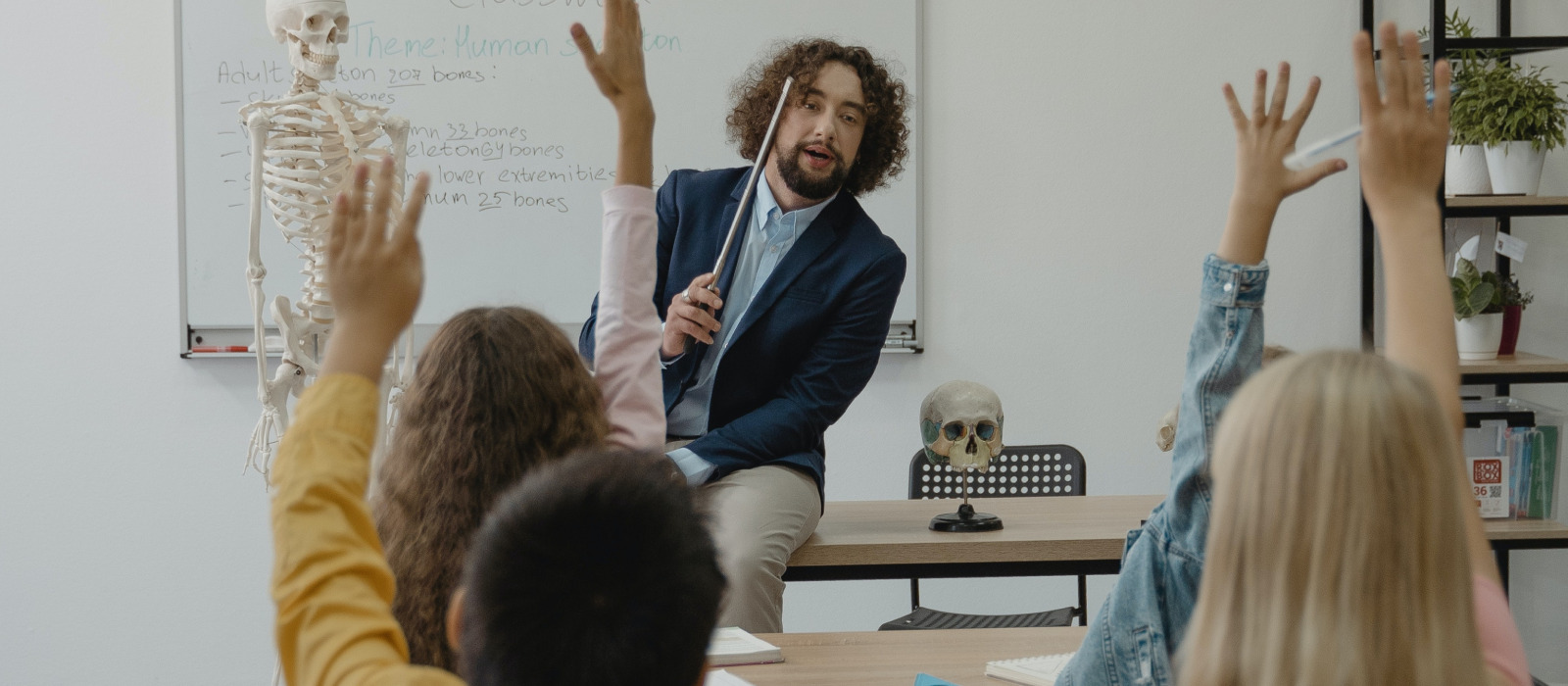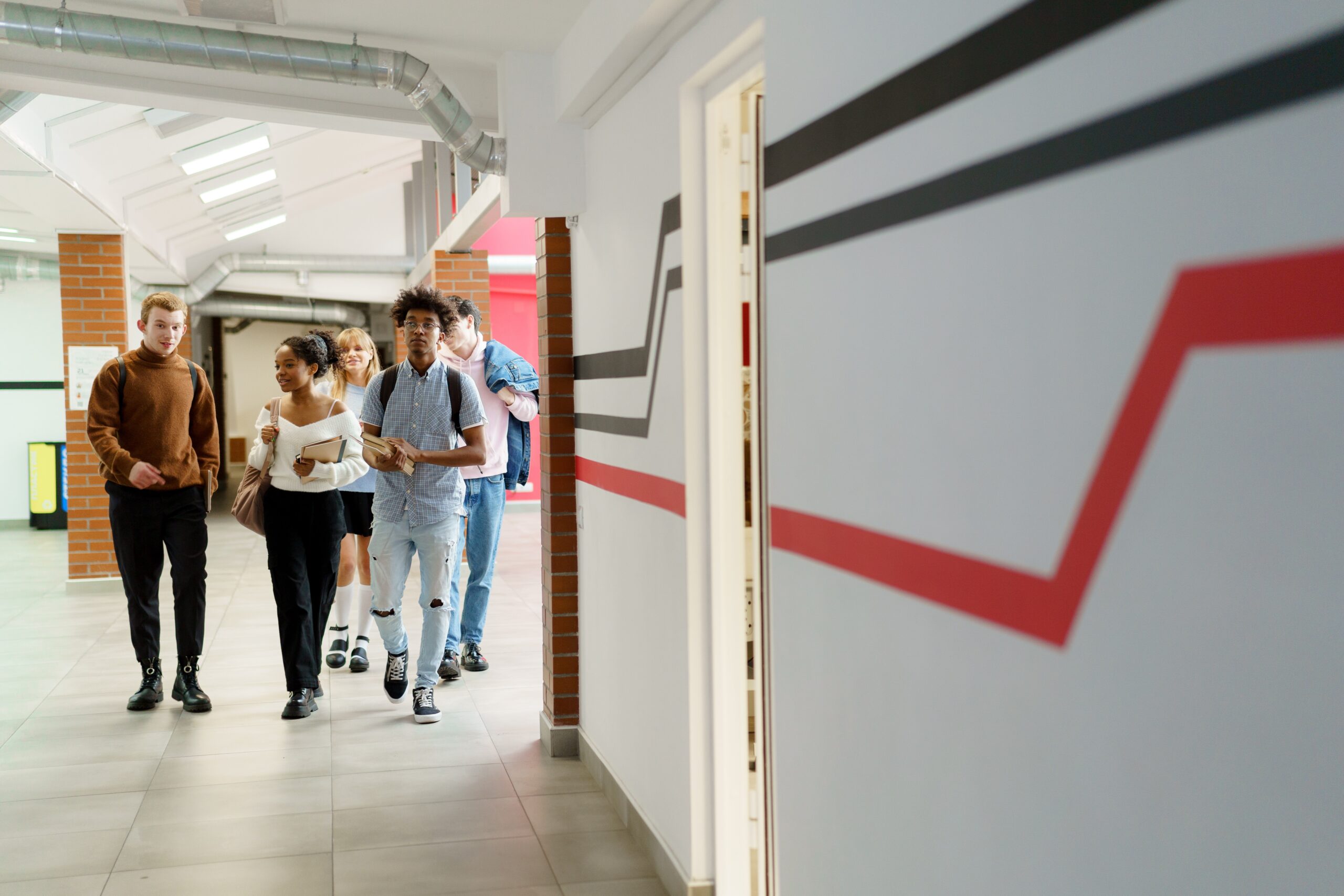
K-12
We can do everything from identifying the right contractors and consultants in the local market to accurate budget forecasting and project phasing to keep schools open and safe.
A school is a long-term investment for a community that has ripple effects far beyond classroom learning. CCS has helped school districts complete more than 300 K-12 school buildings, including classrooms, auditoriums, theatres, labs, sports, and recreational facilities and infrastructure work.
We can do everything from identifying the right contractors and consultants in the local market to accurate budget forecasting and project phasing to assisting with public engagement, school board, and media interaction to promote the benefits to the community. Throughout all of this, our priority is to find ways to maximize value and make sure we deliver in time for opening day.
Highlights
-
Over 300 K-12 education projects worth in excess of $4.3 billion
-
Owners Rep for 18+ suburban school districts
-
National experience on new, rehab and adaptive reuse, vertical and horizontal projects
Our process
CCS is committed to staying current on all the developments and dialogues that are affecting the K-12 sector. This is critical so that we raise any issues that may affect a project’s design or cost in a timely manner so that both the Owner & Architect/Engineering teams are able to effectively respond.
K-12 sector background & challenges

-
Over the last cycle, schools have evolved as dynamic, multimodal learning spaces with new safety protocols. Both elementary and high schools are reopening while adapting to pedagogy that emphasizes group learning and collaboration alongside individual study — an environment that calls for flexible desks in reconfigurable spaces. Digital learning means classroom must-haves now include large flatscreen TVs, power access and media centers to facilitate collaboration.
Many schools have instituted health and safety protocols, including renovating their ventilation systems and adding higher air exchange systems. Some schools are adding touchless technology and dividers in bathrooms and reconfiguring staff spaces to allow for distancing. Wellness and sustainability are reshaping how schools are designed and updated. Not only can efficient LED lighting and HVAC systems save on operational costs, but features such as rainwater collection or solar panels also have educational value. One major contemporary design challenge is balancing the application of natural light in learning spaces and the heavy daily use of screens in schools.
A growing emphasis on security for schools and daycare centers has design implications (limited points of entry, extra barriers) that welcome new technological solutions in the form of surveillance cameras and keyless locking doors.
Demand for combined elementary and middle school campuses (K-8 centers) is surging because they allow elementary and middle school students to share amenities such as media centers, gymnasiums and flexible spaces.
Over the last cycle, schools have evolved as dynamic, multimodal learning spaces with new safety protocols. Both elementary and high schools are reopening while adapting to pedagogy that emphasizes group learning and collaboration alongside individual study — an environment that calls for flexible desks in reconfigurable spaces. Digital learning means classroom must-haves now include large flatscreen TVs, power access and media centers to facilitate collaboration.
Many schools have instituted health and safety protocols, including renovating their ventilation systems and adding higher air exchange systems. Some schools are adding touchless technology and dividers in bathrooms and reconfiguring staff spaces to allow for distancing. Wellness and sustainability are reshaping how schools are designed and updated. Not only can efficient LED lighting and HVAC systems save on operational costs, but features such as rainwater collection or solar panels also have educational value. One major contemporary design challenge is balancing the application of natural light in learning spaces and the heavy daily use of screens in schools.
A growing emphasis on security for schools and daycare centers has design implications (limited points of entry, extra barriers) that welcome new technological solutions in the form of surveillance cameras and keyless locking doors.
Demand for combined elementary and middle school campuses (K-8 centers) is surging because they allow elementary and middle school students to share amenities such as media centers, gymnasiums and flexible spaces.


